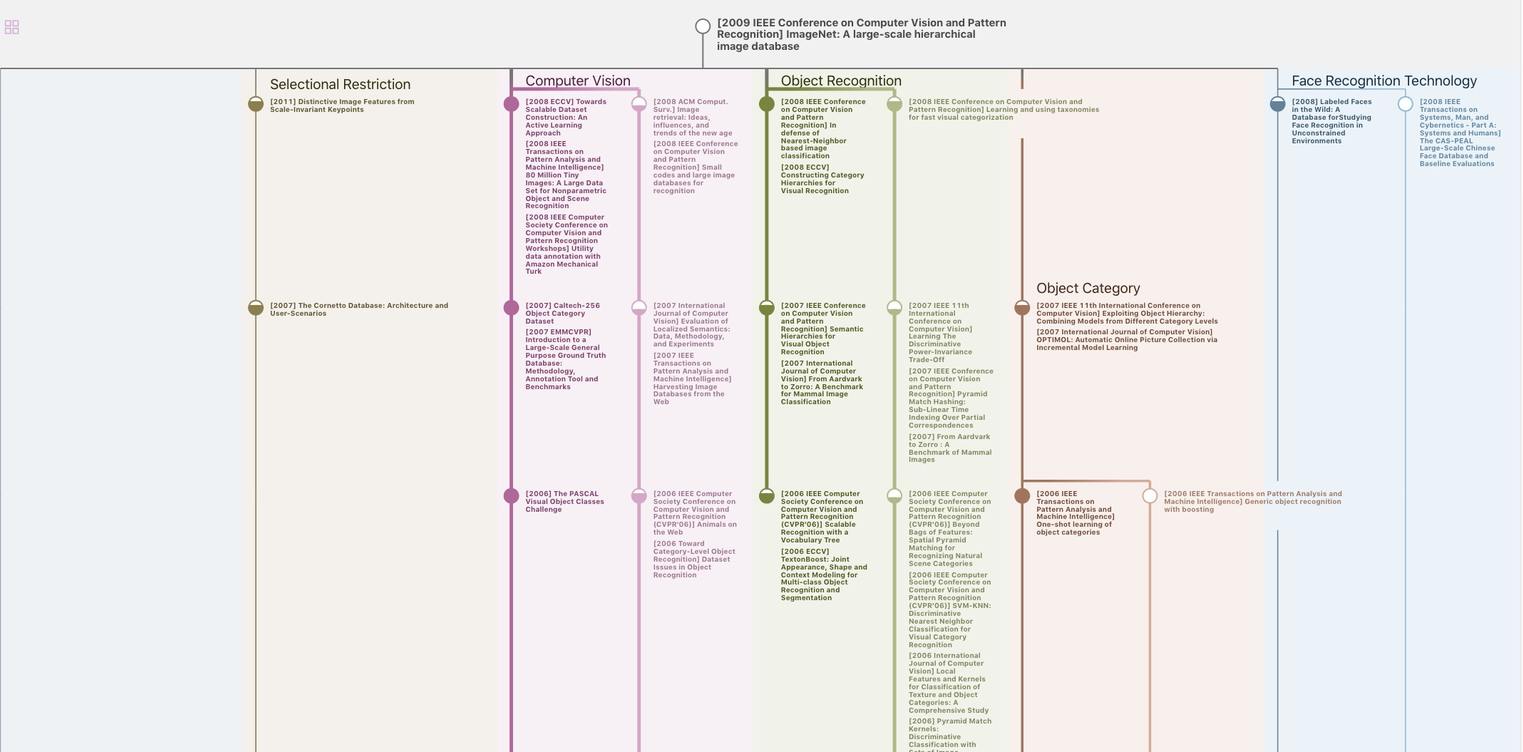De Novo Missense Variants in Exon 9 of SEPHS1 Cause a Neurodevelopmental Condition with Developmental Delay, Poor Growth, Hypotonia, and Dysmorphic Features Sureni V. Mullegama , Kaitlyn A. Kiernan , Erin Torti , Ethan Pavlovsky , Nicholas Tilton , Austin Sekula , Hua Gao , Joseph T. Alaimo , Kendra Engleman , Eric T. Rush , Karli Blocker , Katrina M. Dipple , Veronica M. Fettig , Heather Hare , Ian Glass , Dorothy K. Grange , Michael Griffin , Chanika Phornphutkul , Lauren Massingham , Lakshmi Mehta , Danny E. Miller , Jenny Thies , J. Lawrence Merritt II , Eric Muller II , Matthew Osmond , Sarah L. Sawyer , Rachel Slaugh , Rachel E. Hickey , Barry Wolf , Sanjeev Choudhary , Miljan Simonovic , Yueqing Zhang , Timothy Blake Palculict , Aida Telegrafi , Deanna Alexis Carere , Ingrid M. Wentzensen , Michelle M. Morrow , Kristin G. Monaghan , Jun Yang , Jane Juusola AMERICAN JOURNAL OF HUMAN GENETICS(2024)
Key words
SEPHS1, clinical exome sequencing, developmental delay, hypotonia, neurodevelopmental disorder, ROS production, selenophosphate synthetase, selenium metabolism
AI Read Science
Must-Reading Tree
Example
Generate MRT to find the research sequence of this paper
